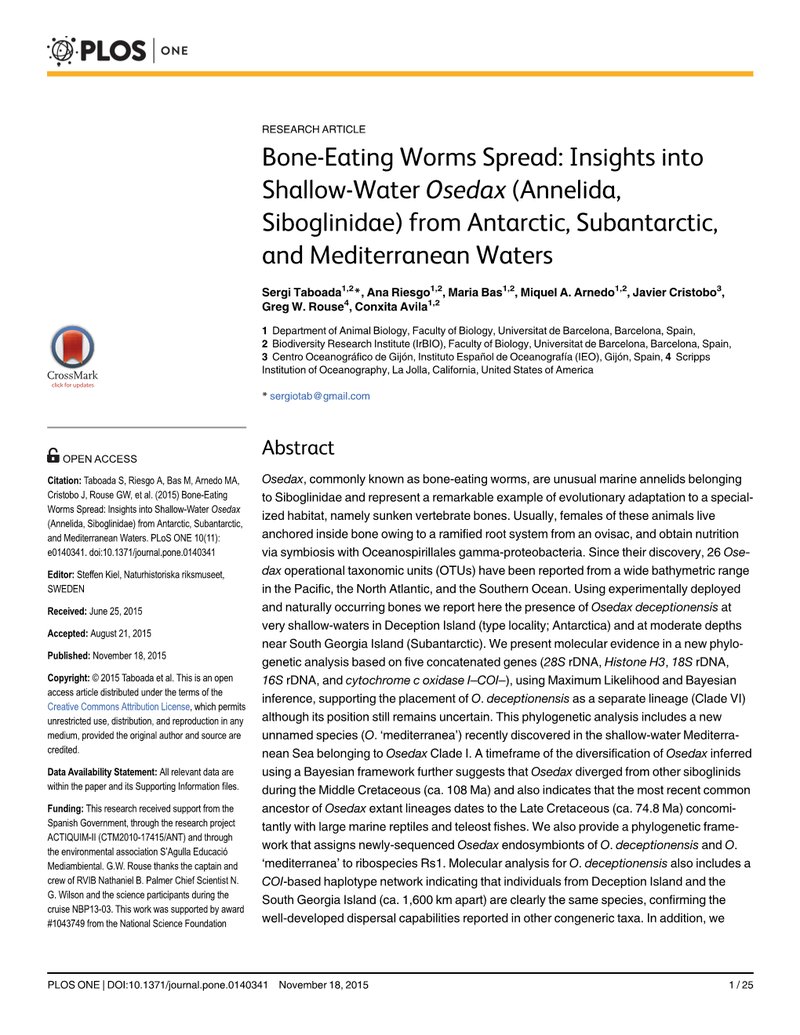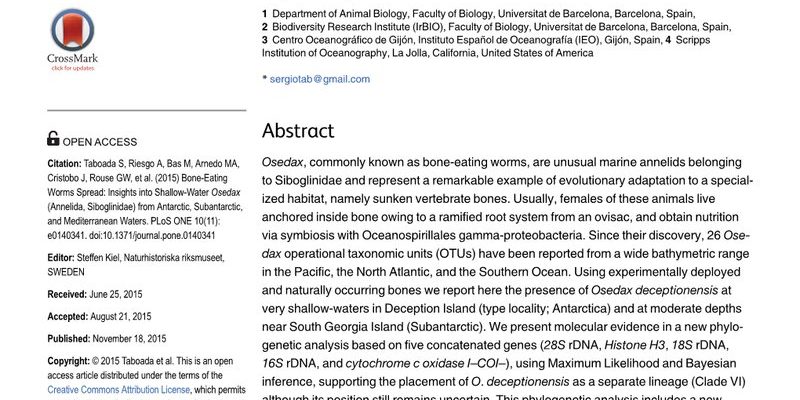
So, why should we care about these worms? The ecological benefits and drawbacks of bone-eating worm populations give us insight into how life recycles in the ocean. Understanding these remarkable worms can help us appreciate the delicate balance of marine ecosystems and how even the smallest creatures play a crucial role. In this article, let’s dive into the world of *Osedax* and explore how they impact their environment and what it means for our oceans.
What are Bone-Eating Worms?
Bone-eating worms, scientifically known as *Osedax*, are a group of fascinating polychaete annelids. They mainly live on the ocean floor and are known for their unique ability to consume the bones of deceased marine animals. Think of them as the ultimate recyclers of the underwater world! These worms have a special adaptation that allows them to break down the bone mineral, primarily composed of calcium phosphate.
Here’s how it works: *Osedax* worms have a set of feathery structures called “pinnules” that help them absorb nutrients. They also rely on symbiotic bacteria that help digest the bone material, breaking it down into a form the worm can use. Imagine a chef who teams up with a sous chef to whip up a delicious meal—without those bacteria, the worms wouldn’t be able to thrive.
There are different species of *Osedax*, each varying in color and size, but they all share this bone-eating trait. Fascinating, right? These worms thrive in deep-sea habitats, often found near shipwrecks and whale falls, where a treasure trove of bones awaits them. Their existence raises an essential question: how do they contribute to their ecosystem?
The Benefits of Bone-Eating Worms to Marine Ecosystems
The presence of *Osedax* in marine ecosystems offers numerous benefits that are often overlooked. To start, these worms play a crucial role in nutrient cycling. By breaking down bones, they release essential nutrients back into the environment. This process enriches the ocean floor, supporting other marine life forms.
- Nutrient Recycling: As *Osedax* digests bones, they recycle vital nutrients like phosphorus and calcium. These nutrients can be used by other marine organisms, helping to foster biodiversity.
- Habitat Creation: Bone deposits provide unique microhabitats for various marine animals. The structure and composition of these bones can support different organisms, creating a thriving community.
- Food Source: The worms themselves become a food source for predators. Animals like fish and sea stars may feed on *Osedax*, creating a link in the food chain.
Honestly, it’s like a well-oiled machine where every part plays its role. Without *Osedax*, large marine animals’ remains would accumulate on the ocean floor, leading to a buildup of organic matter that could disrupt the ecosystem.
Drawbacks of Bone-Eating Worm Populations
While *Osedax* has its benefits, it’s important to consider some of the drawbacks associated with these unique creatures. One potential downside involves their impact on certain marine organisms. By consuming bones, they can alter the structure of the ocean floor, which may affect habitat availability for other species.
You might be wondering how this works. When *Osedax* starts breaking down bones in large quantities, it can lead to changes in sediment composition. This alteration could be detrimental to organisms that rely on stable habitats. For instance, some animals may prefer softer, undisturbed sediments, while the presence of these worms could lead to a more uneven environment.
Another concern is the potential for overpopulation. If *Osedax* populations increase dramatically, they might outcompete other decomposers. This imbalance could hinder the overall nutrient cycling process, impacting the ecosystem’s health in the long run.
How Bone-Eating Worms Affect Biodiversity
Biodiversity is crucial for maintaining healthy ecosystems, and *Osedax* plays a unique role in promoting it. By breaking down bones, these worms help create habitats that support various marine organisms. As nutrients are released into the environment, a diverse array of life can thrive. This includes not just more species of fish but also invertebrates and microorganisms that contribute to the overall food web.
However, the relationship between *Osedax* and biodiversity isn’t always straightforward. For example, their presence can encourage certain species while pushing others out. This can lead to shifts in the ecological balance. While some species may flourish in the nutrient-rich areas created by *Osedax*, others that prefer quieter, stable environments might struggle.
In essence, *Osedax* exemplifies the complexity of food webs and relationships within marine ecosystems. Their role highlights how interconnected life is, as removing one piece of the puzzle can have ripple effects throughout the entire environment.
Research and Conservation of Bone-Eating Worms
Given the critical functions of *Osedax* in marine ecosystems, research and conservation efforts are paramount. Scientists are keen to study these unique worms to better understand their biology, behavior, and ecological roles. By examining how they interact with their surroundings, researchers gain insights into the overall health of ocean environments.
Conservation is equally vital. As ocean conditions change due to factors like climate change and pollution, the habitats that support *Osedax* and other marine life may become threatened. Protecting these ecosystems ensures that bone-eating worms can continue their important work while also supporting other marine species.
Here’s the thing: raising awareness about the significance of these creatures can help people appreciate the often-overlooked aspects of ocean ecology. Every piece of the puzzle matters, and understanding how *Osedax* contributes to the overall health of the ocean can inspire efforts to care for marine habitats.
The Future of Bone-Eating Worms in Our Oceans
As we look to the future, the fate of *Osedax* and other marine life hangs in the balance. Changes in ocean temperature, acidity, and pollution can all impact their populations and the roles they play in ecosystems. We must keep a close eye on these fascinating creatures, as they can serve as indicators of the health of marine environments.
Continued research will be crucial to understanding how to protect these worms and their habitats. By focusing on conservation efforts and responsible ocean management, we can help ensure that bone-eating worms continue to thrive, supporting healthy, vibrant ecosystems for years to come.
In conclusion, *Osedax* might not be the most glamorous creature in the ocean, but their impact is undeniably significant. From nutrient recycling to habitat creation, their role is vital to underwater life. Understanding both the benefits and drawbacks of bone-eating worms helps us appreciate the complexity of marine ecosystems. So next time you think about the ocean, remember the little worms that play a huge part in keeping our waters healthy and balanced.

